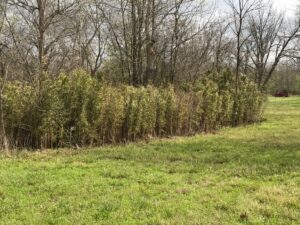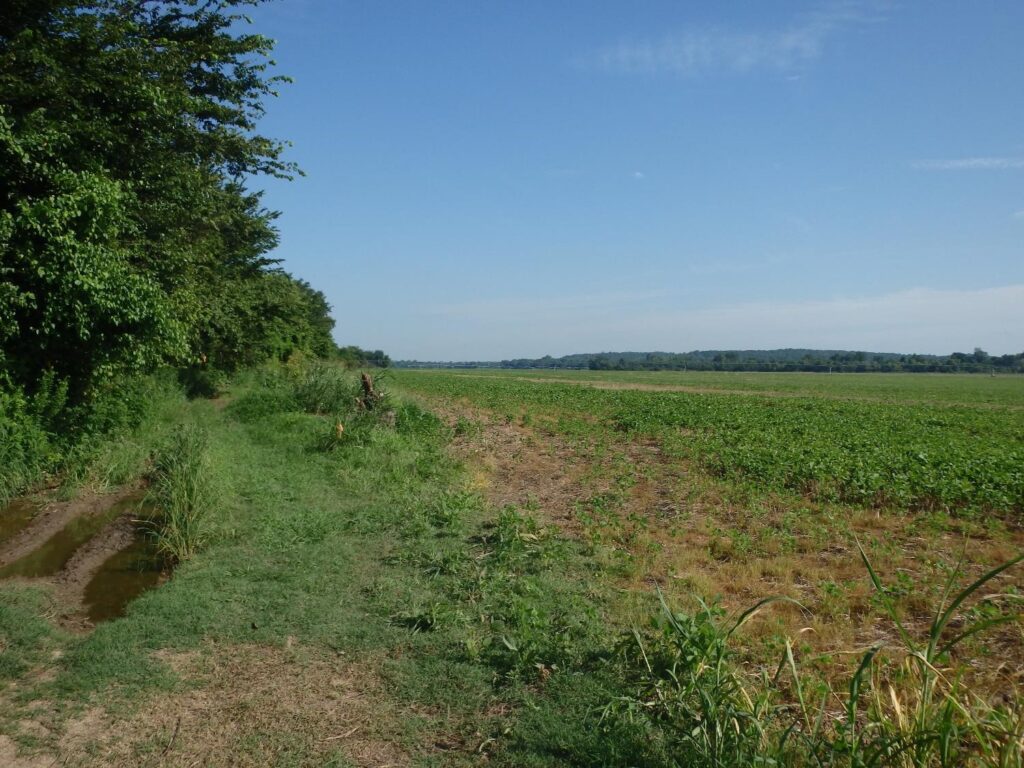
I just did a post on the Cherokee Cane Initiative Facebook group page about Nuttall and cane and I want to share some of what I wrote there with you. (You can read the Facebook post here: https://www.facebook.com/groups/932886783396151/permalink/2192912524060231)
Nuttall’s observations from 200 years ago record plants and the land on the eve of tremendous change. 1819 is before the forced removal and settlement of the Cherokee, Choctaw, and other tribes. 1819 was only 16 years after the Louisiana Purchase had brought this land into the domain of the United States.
Nuttall’s journal can be a lens through which we can see our land with different eyes–and an opportunity to think not only about how things have changed since then, but also to imagine what the next two hundred years could bring.
Cane or canebrakes are mentioned 17 times in Nuttall’s journal. He first saw it on the Ohio River as he traveled downstream to the Mississippi. On November 7, 1818, he wrote: “This evening we passed the mouth of Big Sandy creek, the boundary of Kentucky. Near to this line commences the first appearance of the cane (Arundinaria macrosperma) [= A. gigantea], which seems to indicate some difference in climate and soil.”
On July 6, 1819, Nuttall left Fort Smith to continue up the Arkansas River to the Three Forks area (where the Verdigris and Grand rivers meet the Arkansas). By now he had seen a lot of cane and thrashed through many canebrakes. You can almost hear the weariness–they stopped stopped on a gravel bar for dinner: “the cane still continues abundant.”
On July 14 at Three Forks, “Contiguous to the lower side of the Grand river [and the Arkansas], there was a thick cane-brake, more than two miles in width, backed by the prairie…” The photo below is from that same location. Today it is two miles of soybeans rather than cane–and why we need efforts like the Cherokee Cane Initiative to restore cane ecosystems to our landscape.

